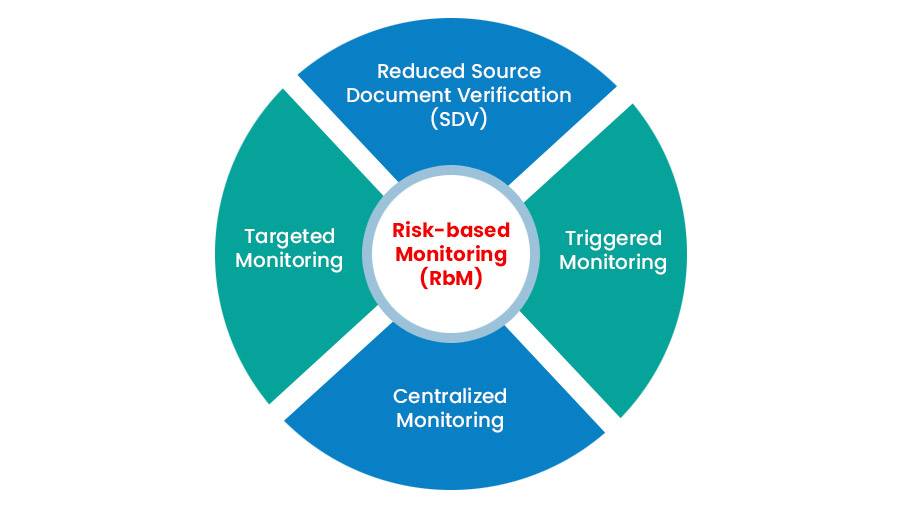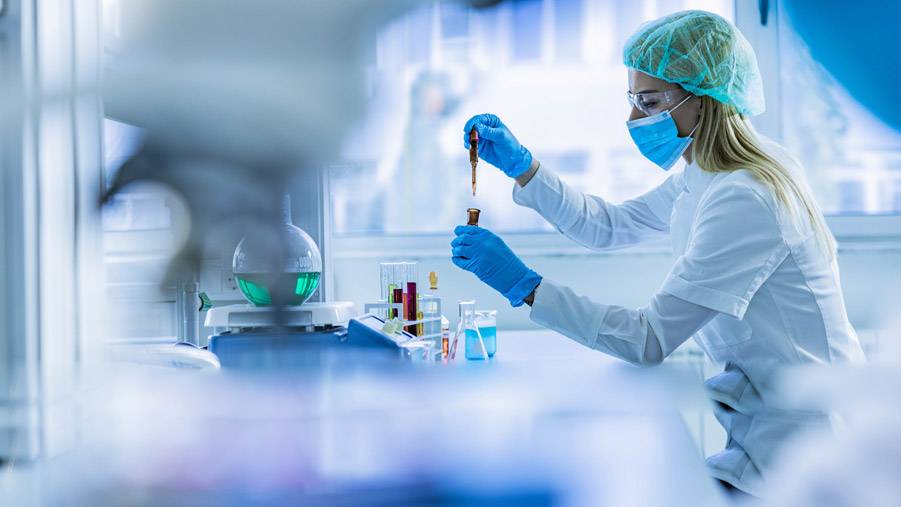
The Life Sciences sector has evolved over the years, thanks to the burgeoning technological innovation, along with ever increasing patient awareness. Business has been robust for those who are willing to adapt. Despite pricing pressures, economic uncertainty and the general upheaval of an industry in flux, employment prospects for life scientists have remained positive, to say the least. Here are some of the top hiring trends in the bio-pharmaceutical and healthcare industries for 2017:
Medical Technology
Last year saw exciting innovations in medical technology, such as bioelectronics (implantable ‘electroceuticals’), artificial intelligence and medical 3D printing. This year 2017 will witness the generating evidence of their real life application and utility. In all probability, you can see an increasing number of hires in the medical technology research segment.
Data-led Patient Engagement
The healthcare industry has yet to fully leverage the benefits of data-driven patient relationships. Expect to see a more actively data-led approach to patient engagement in 2017, with more roles in software and data management.

Growth of Genetics/Genomics
As the thrust moves ever-more-tangibly towards a personalised medicine treatment paradigm, you might as well witness an increase in demand for candidates with a combination of life science and data science education and skills.
Thrust on Cyber Security
An increasing number of healthcare companies are connecting their devices and mobile apps to the cloud, which is fuelling debate about personal privacy and cyber security. As we move into 2017, this trend will give rise to more employment opportunities in the cyber security space.
Commercial Roles Continue to Evolve
Over 2016, field sales representatives gradually adopted a more consultative role. Going forward, commercial teams will need to keep on top of the changing needs of medical stakeholders (prescribers, payers and patients) and adopt strategies that engage their customers from an evidence-based perspective.
Changing Regulatory Environments
Life science companies are preparing themselves for continued regulatory uncertainty during 2017, as drug pricing remains a hot-button issue and regulations evolve to meet new healthcare reforms. Regulatory professionals will need to keep themselves well informed and adapt to any downstream impacts.
Surging Generics Segment
With many drugs scheduled to lose their patents between now and 2020, competition in the generics market is set to increase. This, combined with widespread pricing constraints, should see an opening up of new opportunities in the traditional pharmaceutical sector.
Contract Manufacturing Softens
Contract manufacturing has been on the ascendant for several years now, but 2016 has seen some loss of appetite for outsourcing. Client budgets appear to be giving way to in-house strategies for some operations, which will have a knock-on effect for job opportunities.
International Transfers/Relocations
International assignments are still seen by most multinationals as important in optimising employees’ careers, building global leadership skills and filling skills gaps. 2017 will be a year for relevant candidates to think beyond local borders for their next career move.
Collaboration a Dominant Theme
Collaboration is likely to be a key priority during 2017. Life science companies are under pressure to deliver in a challenging cost, regulatory and operational environment, so expect employers to seek out candidates who are comfortable team players with excellent language and communications skills.



